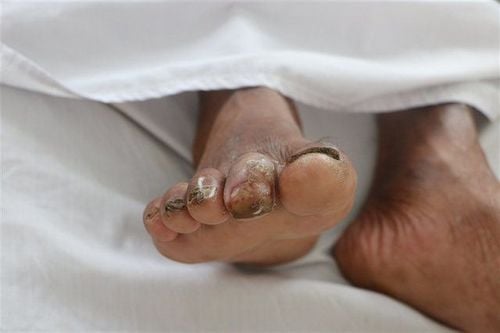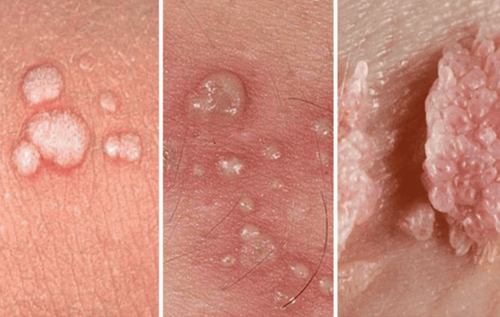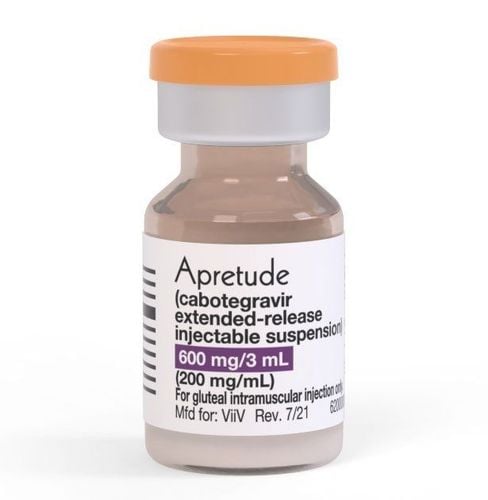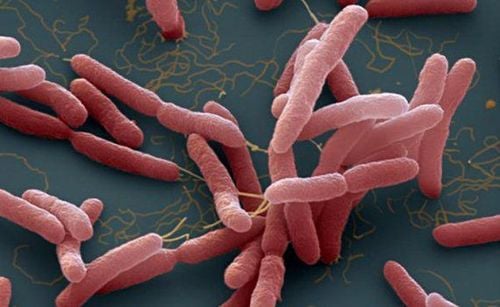This is an automatically translated article.
Recently, the public has been buzzing about the flesh-eating bacteria that causes Whitmore's disease - a dangerous disease that can be fatal. This causes confusion and anxiety among people. However, in fact, the bacteria that cause Whitmore's disease is not the flesh-eating bacteria that people assume.
1. Can flesh-eating bacteria be the bacteria that cause Whitmore's disease?
Representative of the Department of Preventive Medicine said that the bacteria causing Whitmore's disease is a bacterium called Burkholderia pseudomallei, which causes death due to pneumonia, blood infection and in the most severe cases organ failure when untreated. timely and properly. This type of bacteria exists that is resistant to many common antibiotics, while the body's immune system cannot effectively fight this bacteria.
The bacterium that causes Whitmore's disease is listed as a bioterrorist bacteria because of its extremely dangerous level.

Vi khuẩn Whitmore được liệt vào danh sách vi khuẩn có tính khủng bố sinh học
2. How does the bacteria that cause Whitmore's disease cause disease?
Whitmore bacteria attack the body causing inflammation, abscesses in organs similar to other infectious diseases. This type of bacteria is found and enters the human body through direct contact with environmental sources such as water, soil, air containing bacteria, especially dirty water and soil.
3. How is Whitmore's disease transmitted?
We can completely spread Whitmore's disease through breathing, drinking contaminated water, contact with contaminated soil. Especially when there are scratches on the skin, the risk of infection is higher and the disease progresses faster.
The disease is rarely transmitted between people, mainly transmitted from the environment to cause disease in people. However, when sharing needles or having sex with an infected person, Whitmore's disease can be spread from person to person easily.
In addition, some animals such as sheep, goats, horses, dogs, cats... are also sources of disease that we need to pay attention to.
4. How dangerous is Whitmore's disease?
According to statistics of the US Centers for Disease Control and Prevention, people infected with Whitmore's disease bacteria if not treated, 9 out of 10 infected people will die. However, when the patient is treated with the right antibiotic, the death rate remains at 4 people out of 10. The mortality rate can be reduced to only 2/10 people when the patient is treated in good medical conditions, intensive care, timely and effective treatment.
According to research, actually Whitmore bacteria have up to 30 different bacteria that cause necrotizing fasciitis. However, common bacteria are Vibiro vulnificus in salt water, Aeromonas hydrophila in fresh water, group A streptococcus on the skin. These types cause soft tissue necrosis on the body very quickly, if not prevented in time, the speed of disease spread is very fast, resulting in the need to completely remove the infected part to protect the body parts. other of the patient.
Besides, the culprit causing Whitmore's disease is the Gram-negative bacteria Burkholderia pseudomallei, which causes skin infections, abscesses, and skin ulcers. Simultaneously causing pneumonia, infections of bones, joints, nervous system, liver, spleen, prostate gland, sepsis for patients infected with bacteria. Patients can be cured but the rate is not high, the disease is easy to relapse and can die quickly within 48 hours from the time of diagnosis.
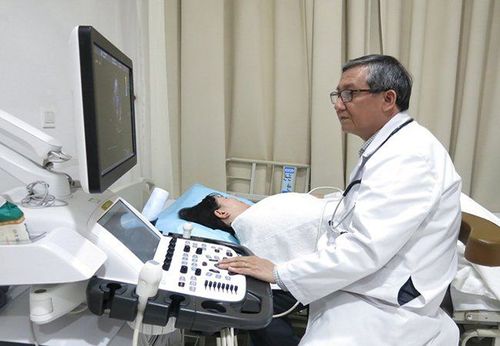
Bệnh nhân bị nhiễm vi khuẩn Whitmore có tỷ lệ chữa khỏi thấp
5. Symptoms of Whitmore's Disease
The disease has symptoms and signs that are easily confused with pulmonary tuberculosis and pneumonia. That is why patients are often treated late because they are subjective and do not know the exact symptoms. When noticing the following signs, the patient needs to go to a medical facility immediately to examine and conclude the condition:
Local infection, swelling, pain, fever, ulcer, abscess Cough, chest pain, high fever, headache, loss of appetite, symptoms similar to pneumonia, sepsis with symptoms of headache, respiratory failure, abdominal distension, joint pain, impaired consciousness. Fever, rapid weight loss, abdominal pain, chest pain, musculoskeletal pain, convulsions, headache Daily symptoms usually appear 2-4 weeks after exposure to the pathogen, Incubation period Normally from 1 to 21 days, average is 9 days. However, there are cases of incubation all year with repeated signs.
6. Treatment of Whitmore .'s Disease
Patients with Whitmore infection will be treated with intravenous antibiotics for 10-14 days, then switched to oral antibiotics for 3-6 months or longer depending on disease progression. The patient will be prescribed some suitable antibiotics by the doctor such as:
Intravenous antibiotics: Ceftazidime every 6-8 hours or Meropenem every 8 hours. Oral antibiotics: Trimethoprim-sulfamethoxazole every 12 hours or Amoxicillin/clavulanic acid every 8 hours.
7. How can I prevent a Whitmore infection?
As mentioned above, the cause of Whitmore's disease is transmission of bacteria from dirty water containing bacteria, so to reduce the risk of disease, we need:
Do not have direct contact with the soil. dirty, stagnant water for a long time, especially when there are skin wounds, scratches, bleeding. Protective equipment should be worn when working in agriculture to prevent infection through the limbs Need to ensure protection when in contact with sick people to prevent infection as much as possible, especially for medical staff doctor in contact with the patient. Thus, we can completely prevent whitmore disease effectively when we know enough information about the bacteria Whitmore disease. Do not be too confused and worried because of rumors that bacteria can eat people and also cannot be subjective with confusing signs and symptoms of the disease.
Please dial HOTLINE for more information or register for an appointment HERE. Download MyVinmec app to make appointments faster and to manage your bookings easily.




